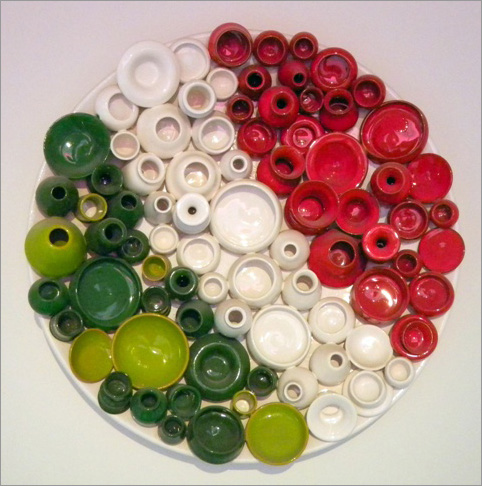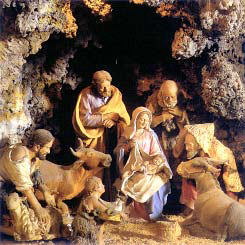 I’ve just come back from a week in Turin. I immensely enjoyed the city. It’s lively, friendly, easy going and there is so much happening. Apparently the city administration decided to step change the image of Turin when the place hosted the Winter Olympics in 2006 and has never stopped investing in culture and quality events. Even more so this year, 2011, the year of Italy’s 150th anniversary.
I’ve just come back from a week in Turin. I immensely enjoyed the city. It’s lively, friendly, easy going and there is so much happening. Apparently the city administration decided to step change the image of Turin when the place hosted the Winter Olympics in 2006 and has never stopped investing in culture and quality events. Even more so this year, 2011, the year of Italy’s 150th anniversary.
Italian flags were waving from all the balconies, softening the severe look of Turin’s ancient building and giving to the whole place a festive look. Each museum and city attraction had organized its own special event to celebrate the Risorgimento, the political and military movement that led to the unification of Italy, and the city key role in its success.
To make the most out of my days in Turin I had a carefully planned out schedule, a balanced mix of art, sightseeing and good food (of course!). And when it comes to art, ceramics are always on top of my mind! Here you go: a short but juicy report of Italian pottery in Turin 2011.

